Soliloquies
Sometimes beauty appears only for a short instant, as a flash of visual energy. It’s the photographer’s job to wait, observe, and then pounce.

Interview by Rosecrans Baldwin
The Morning News: How long has “Soliloquies” been in progress?
Kate Joyce: Soliloquies came out of a three-year practice. In 2009 I started emailing a newsletter and a miniature portfolio of seven new photographs to a few hundred people once a month. It was a new mode of working. At the time, and only in retrospect, I realize I was seeking an ethical and social compass. The monthly mini-portfolio and newsletter allowed me to realign with my work through a wide range of people I valued and cared about—clients, old high school friends, colleagues, family. The monthly practice ended in 2012. I narrowed the three years of accumulated work into this final portfolio. Continue reading ↓
All images used with permission, copyright © the artist, all rights reserved.
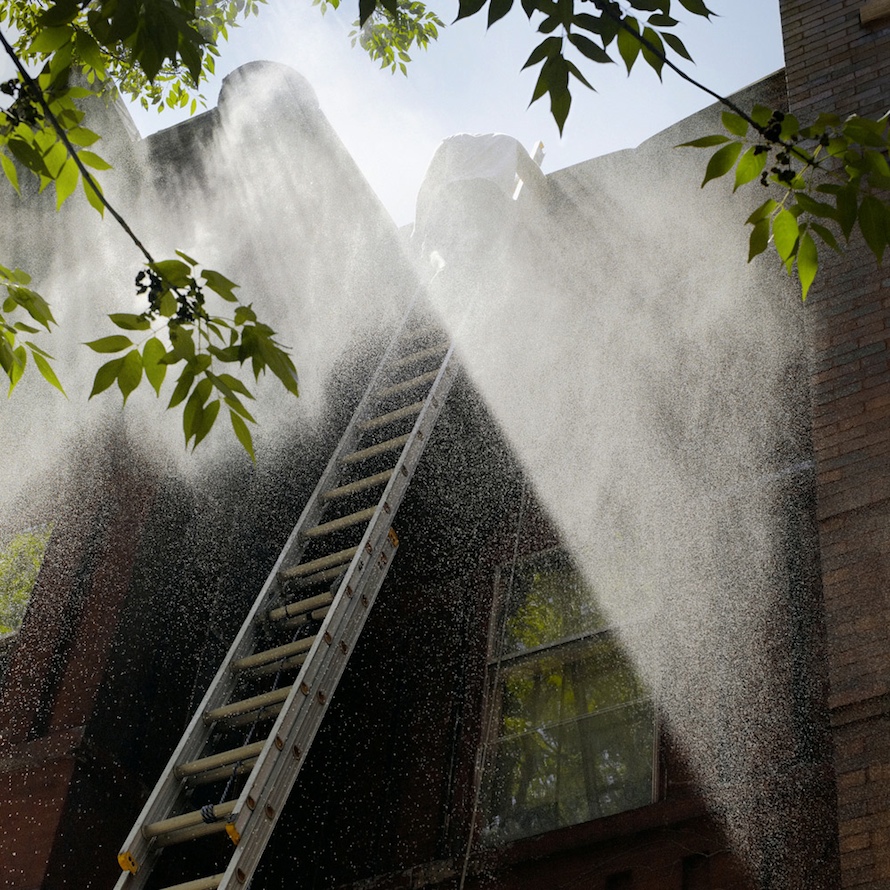
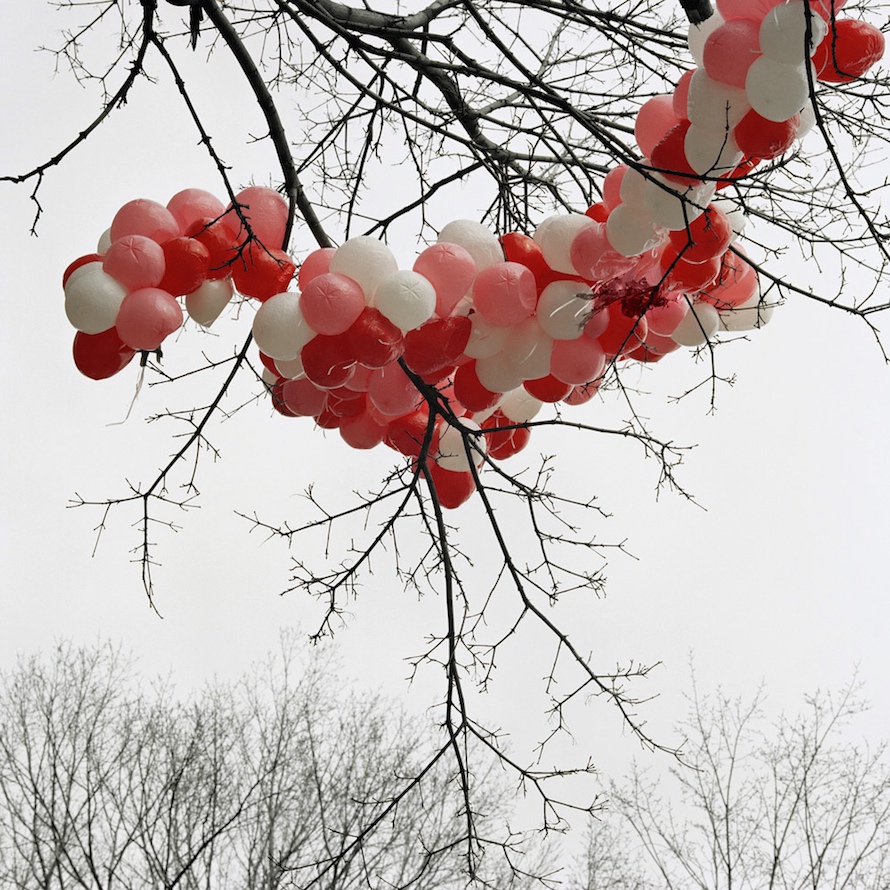

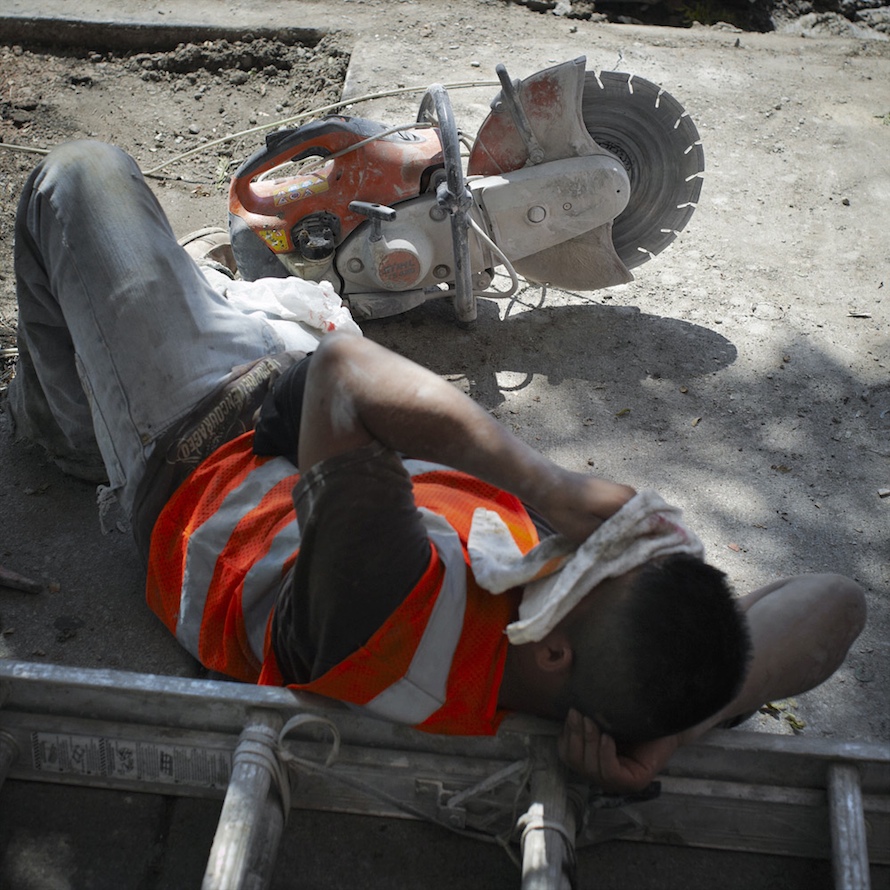
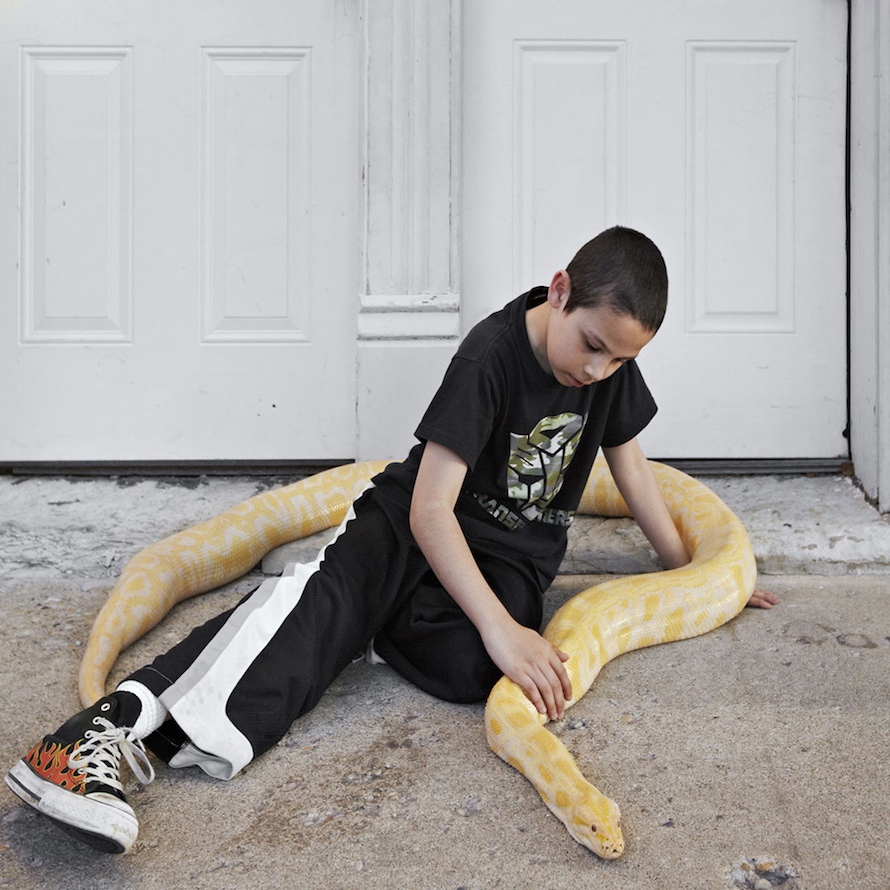
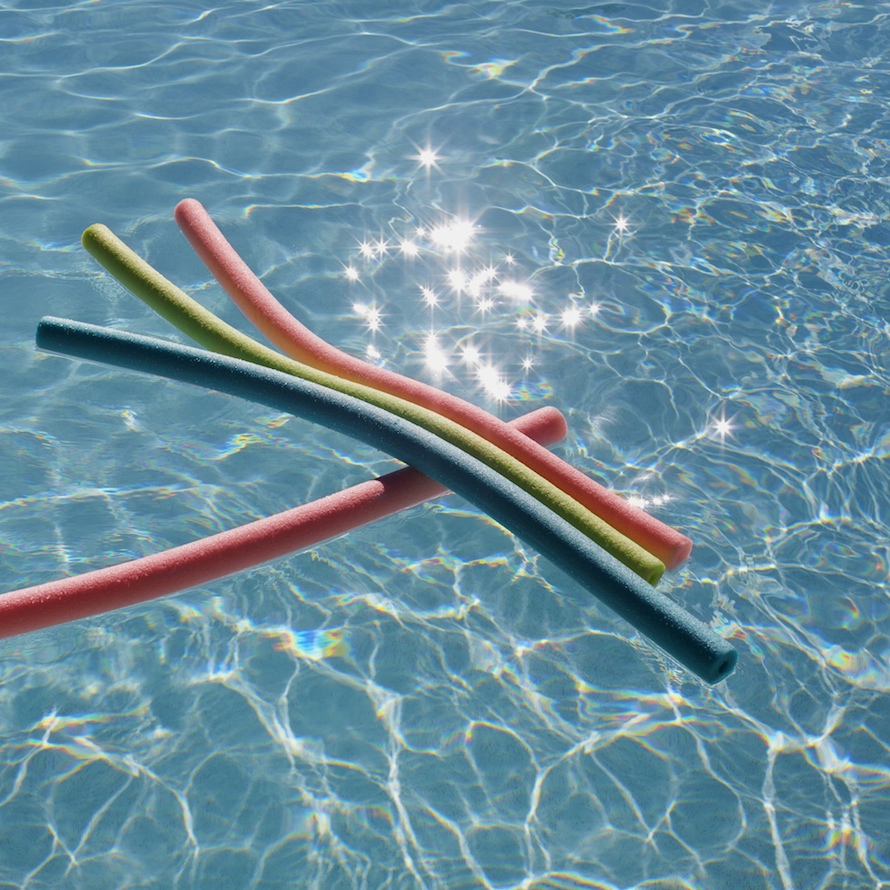
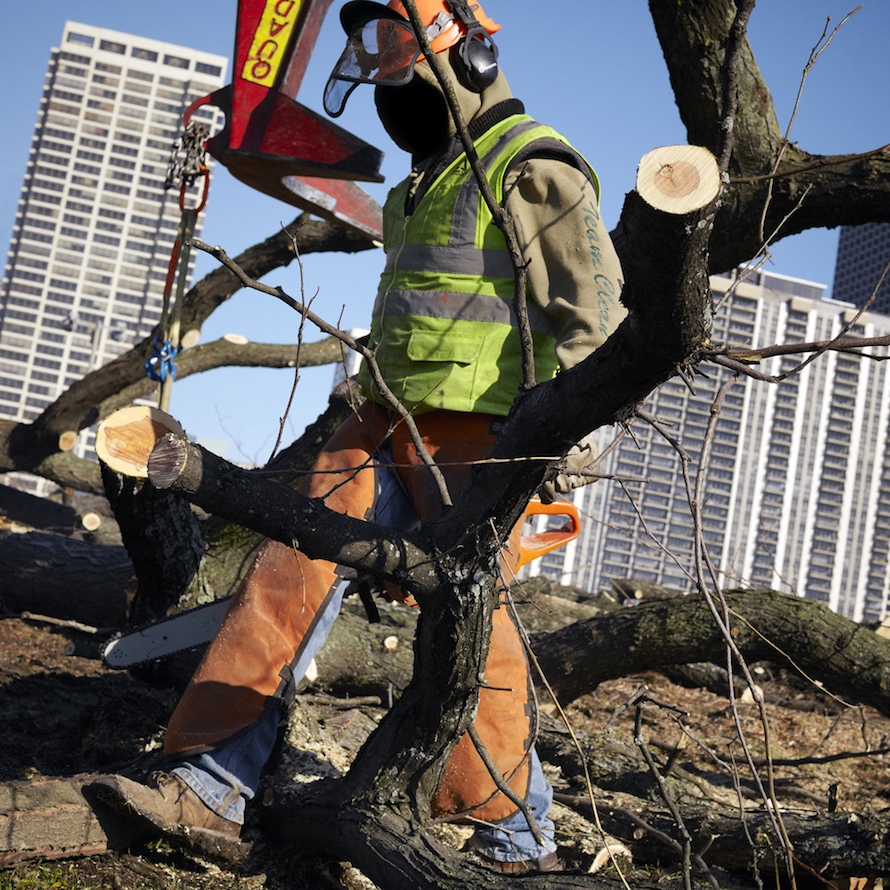
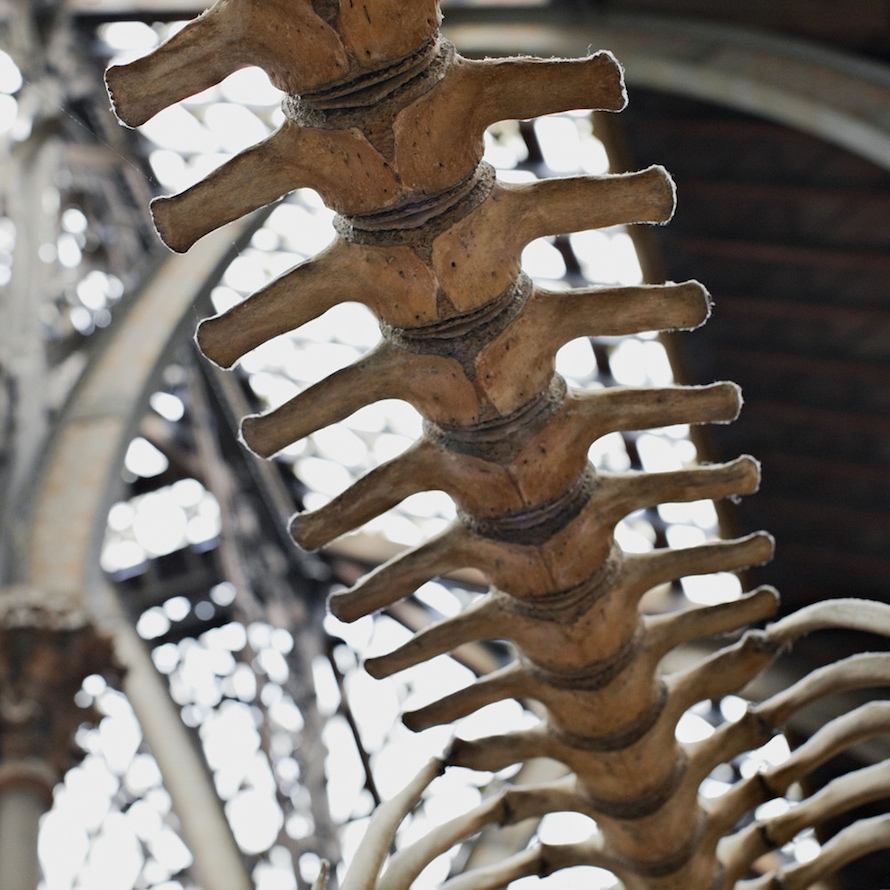
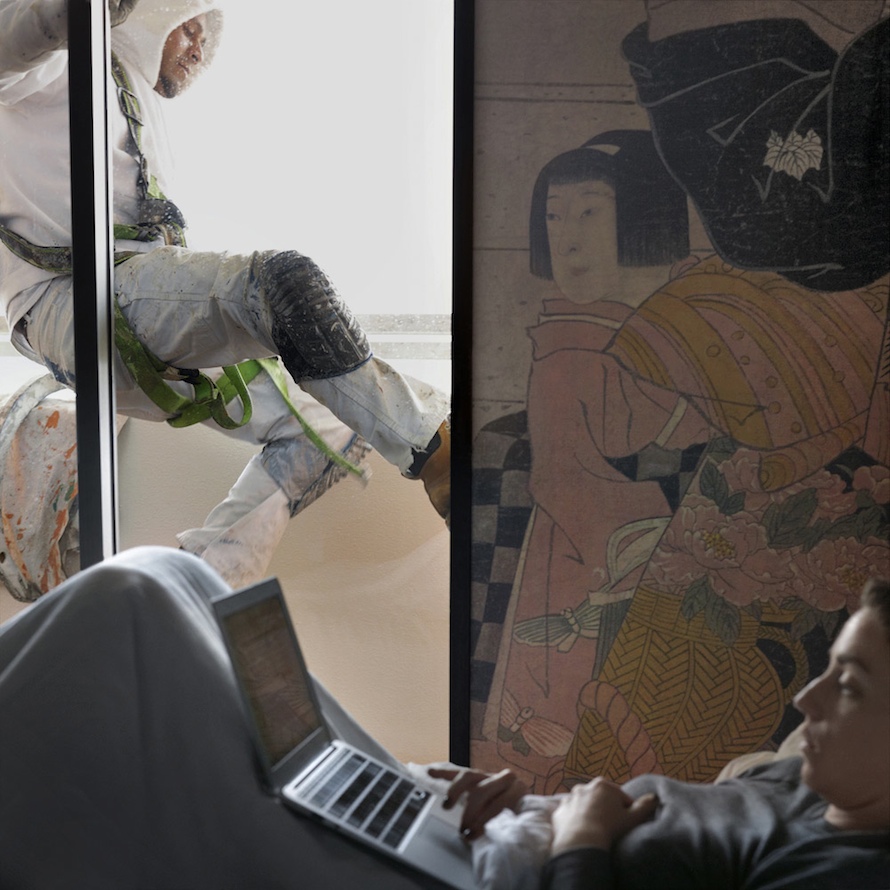
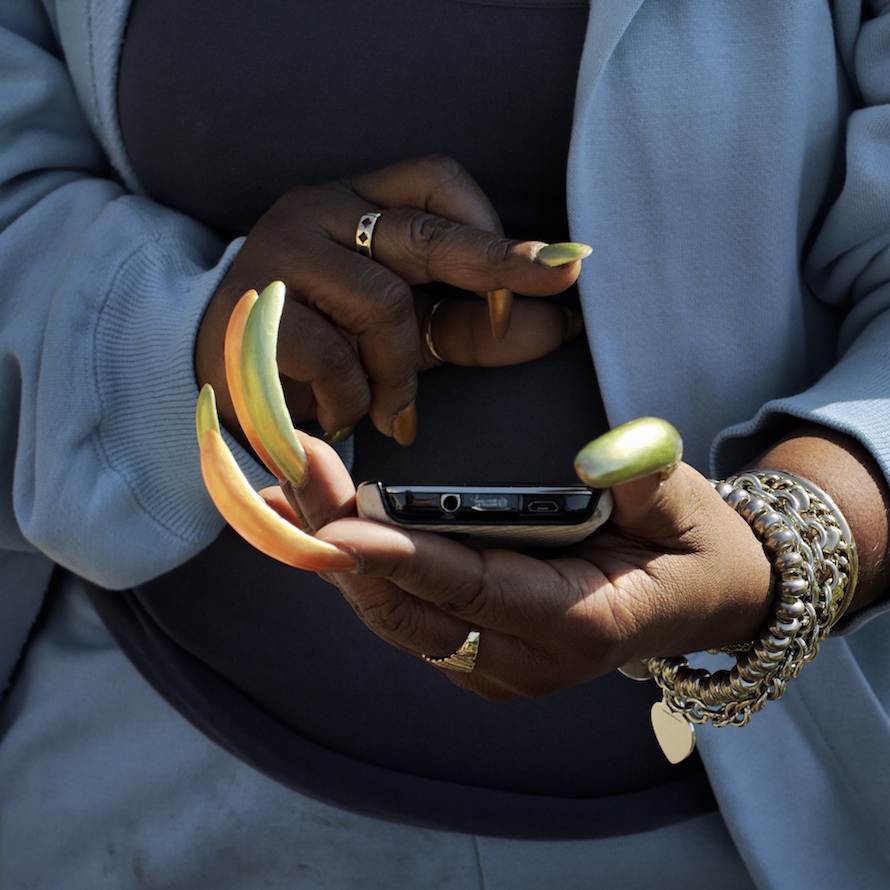
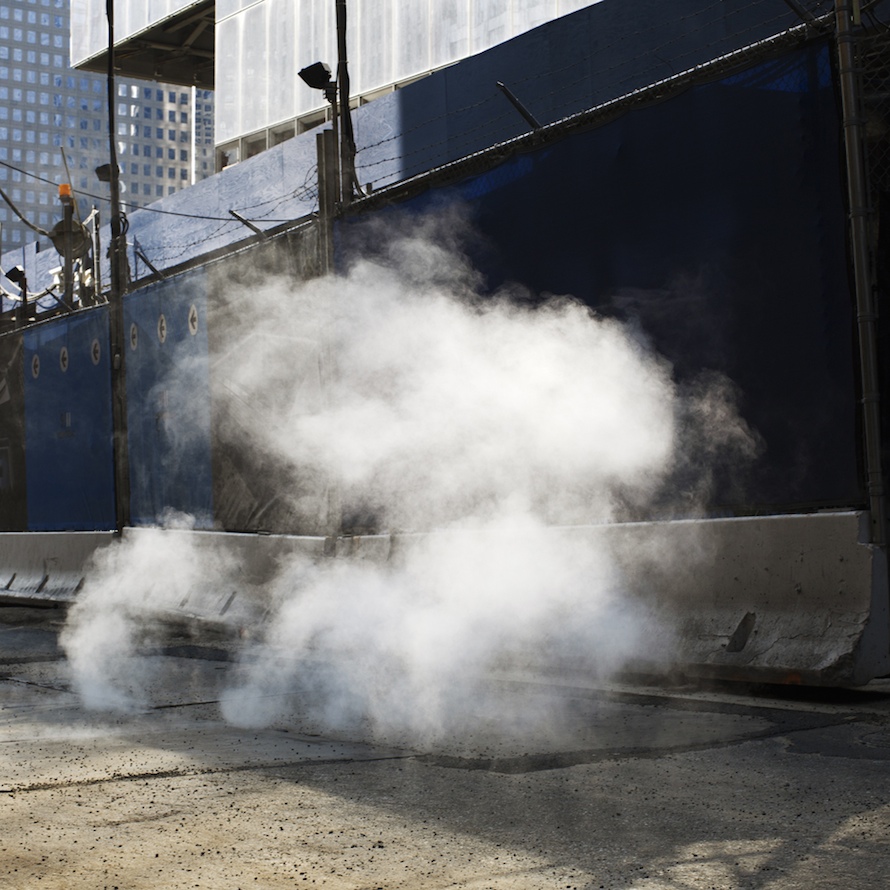
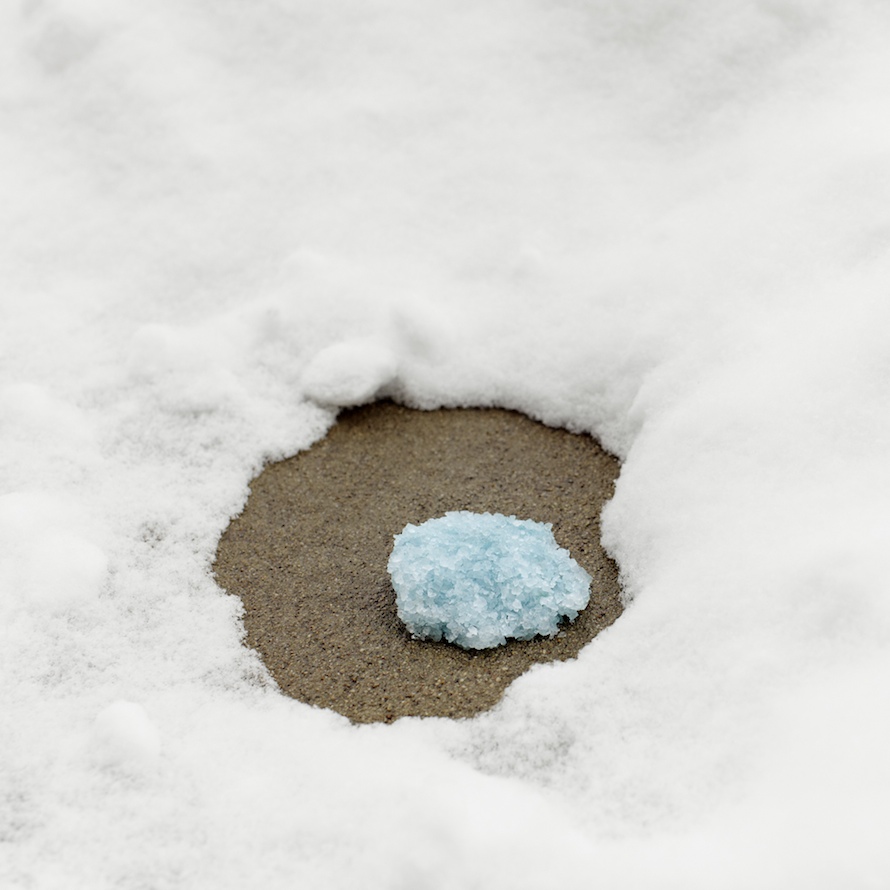
Interview continued
TMN: How many images have you shot to arrive at this group?
KJ: This grouping was teased from the original 259 images that made up the monthly miniature portfolios. That archive of 259 images is preserved here.
TMN: Each square seems very structured—the composition unites the series. Is that more a part of your editing or is it an aspect of when you’re staring through the viewfinder?
KJ: The compositions are a hybrid of in-camera framing and in-studio cropping. In the 20 years that I’ve been making photographs I’ve consistently composed full-frame (with an aversion to cropping). This project began while I was working with a square format Hasselblad camera. In 2010 I switched my primary camera to 35mm digital, but I wanted to continue exploring square compositions, so I began cropping the work. This no doubt affected the structure of the final image. The compositional decisions I make on the street are centered around spontaneity and emotional triggers. The compositional decisions I make in the studio are concerned with balancing visual energy around a central point. Working with a square is more like working with a circle.
TMN: You live and work in Chicago. What first comes to mind visually when you think of the city?
KJ: A density of towers cleaved by the shallows of a river, sutured by bridges.
TMN: What major artist are you still waiting to “get?”
KJ: There are several, but the one I’ve been struggling with most recently is Eugène Atget (which feels like admitting I’m still waiting to understand my father).
TMN: When was the last time someone else’s artwork changed the way you see or think?
KJ: This summer, Julie Mehretu’s energetic layered explosions of space and John Gossage’s odd tenderness to things that sneak up out of the corner of your eye while walking along a street. Last week, Italian Baroque painter Artemisia Gentileschi’s depiction of female hands. And a couple days ago, Daniel Orozco’s short story “Shakers,” passed along by a good friend.
TMN: What purpose does the camera on your phone serve for you?
KJ: Taking notes.
TMN: When are you least inspired?
KJ: Whenever I’m hungry (or should I say “hangry?”).
TMN: Which is more noble for an artist, to “suffer the slings and arrows of outrageous fortune,” or to “take arms against a sea of troubles, and by opposing end them?”
KJ: This summer a Japanese gallery owner looked at “Soliloquies” and said, I see all these splashes of reds and pinks and oranges, why? I wish I had answered, yes, that is the “native hue of resolution,” evidence of the courage we need to stop talking ourselves out of the things we care about.
